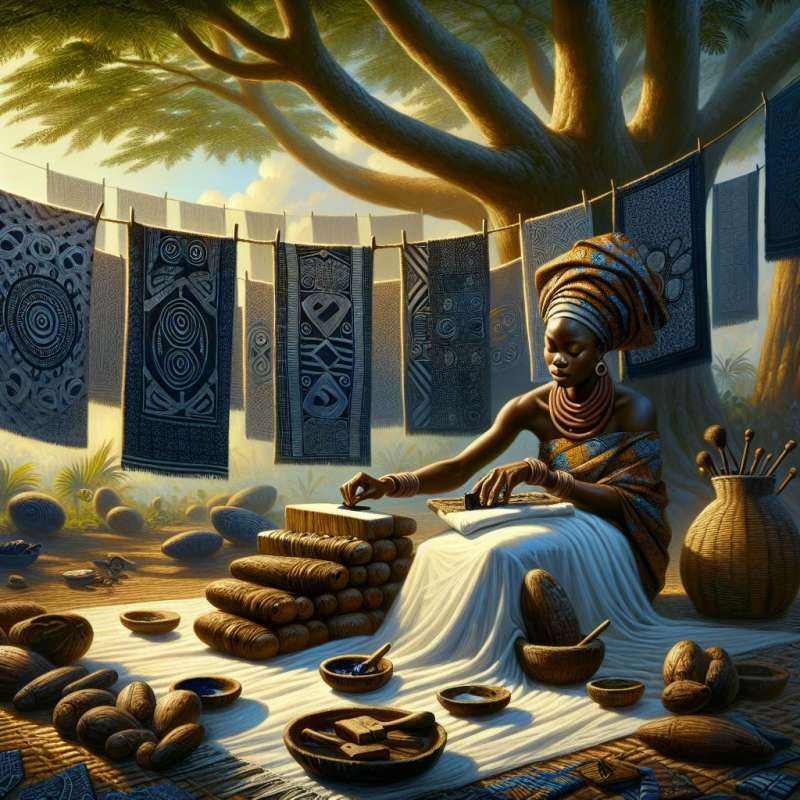
Ancient Tie-Dye Beginnings
Tie-dye techniques date back to ancient times, with roots in Asian, African, and South American cultures. The earliest recorded instances come from pre-Columbian Peru around 500 to 810 AD, showcasing resist-dyeing with natural dyes.
Japanese Shibori Art
By the 8th century, Japan developed Shibori, a sophisticated tie-dye method. Artisans would bind, stitch, fold, twist, or compress cloth, resulting in intricate patterns that were both culturally significant and highly valued.
African Tie-Dye Traditions
In Africa, tie-dye has been a traditional practice for centuries, with the Yoruba tribe in Nigeria being particularly noted for their adire cloth, which they've been crafting since the 12th century using indigofera plant extracts.
Hippie Culture Resurgence
Tie-dye saw a massive resurgence in the 1960s with the American counterculture movement. It became a symbol of free expression, creativity, and peaceful rebellion, often associated with the iconic Woodstock festival of 1969.
Modern Tie-Dye Innovations
Today, tie-dye blends traditional techniques with new technologies and synthetic dyes. The fashion industry has seen a resurgence in tie-dye's popularity, with high-end designers incorporating it into runway collections.
Tie-Dye in Mainstream Fashion
While tie-dye is often recognized as a bohemian or hippie trademark, it has permeated mainstream fashion. Designer labels and fast-fashion brands regularly feature tie-dye patterns, indicating its versatile appeal.
DIY Tie-Dye Popularity
The rise of do-it-yourself culture has also played a role in tie-dye's popularity, with countless tutorials available online. This hobbyist approach allows individuals to explore their creativity and personalize their clothing in a sustainable way.
Earliest tie-dye evidence comes from?
8th-century Japanese Shibori
Pre-Columbian Peru
12th-century Nigerian adire
Company